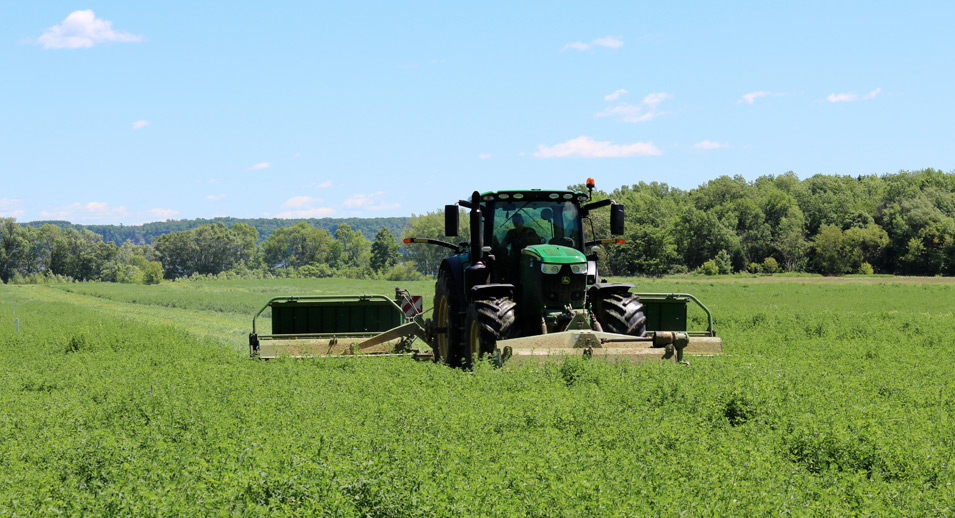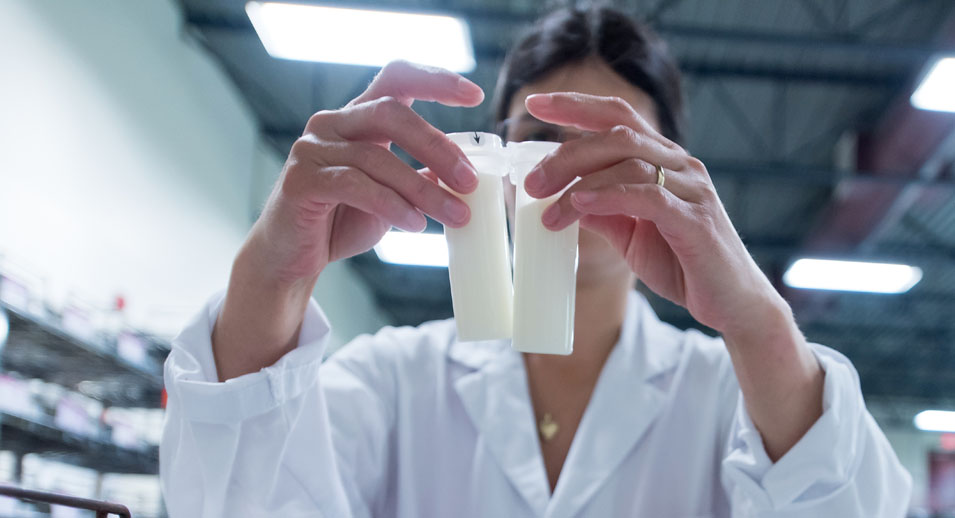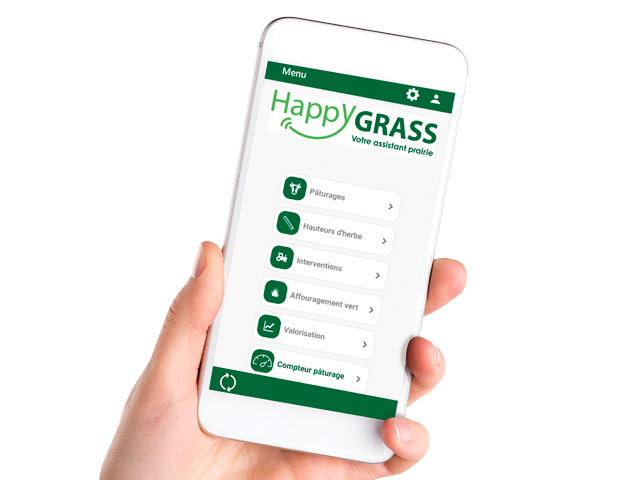Forage Yield vs. Quality: the Eternal Dilemma!
- May 27, 2020

Every forage producer would like to be able to maximize both quantity and quality, without compromising stand life. Unfortunately, forage quality and yield are inversely related. As a plant develops and yield increases, the proportion of leaves to stems changes.
As the plant matures, the proportion of stems becomes higher, reducing quality. This effect is usually more significant with grasses, and this is why it is recommended to mow fields with a higher grass content first.
Maximize yield…
Some producers opt for cut management that will produce higher yield, good persistency and adequate nutritive value. With this type of balanced management, forages are typically harvested close to the early bloom (legumes) or early heading (grasses) stage. One of the advantages of this type of cut management is that it requires less hectares to build the forage stocks needed by the farm, leaving more hectares available for cash cropping. In fact, a 2017 study by Laval University in collaboration with Agriculture and Agri-food Canada demonstrated that using this type of management could help maximize the net benefits for the farm.
… or quality?
Other producers prefer to sacrifice a little yield and persistency, in order to maximize quality. To accomplish this, they harvest their forages closer to the early bud (legume) or late boot (grasses) stage. This type of cut management is preferred by nutritionists, because improved forage quality can have a huge effect on animal performance. In fact, when fed high quality forage, cows will eat more, and the forage itself will be richer in digestible nutrients. This increased nutrient intake will result in increased milk production, while requiring less concentrates. This is the ideal approach for maximizing feed margin.
What is the best choice for your farm?
There is no perfect solution. Every farm is unique and has its own needs. The priorities you set for cut management will depend on how much land you have, your forage stocks, your production costs and, of course, your objectives!
To help you decide on the right time for your first cut, refer to this article from our archives. Keep a close eye on the evolution of degree-days, and as soon as they reach 250 in your area, walk your fields to check on the stage of maturity of your plants and get a clearer idea of the ideal time to harvest.
You can always discuss it with your Lactanet advisor*, who can help you to make the best choice for your farm.
And so, what will your choice be? Yield, quality or both?
* Our advisors serve farms in Quebec and the Atlantic Provinces.











